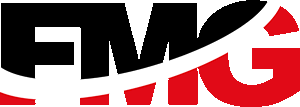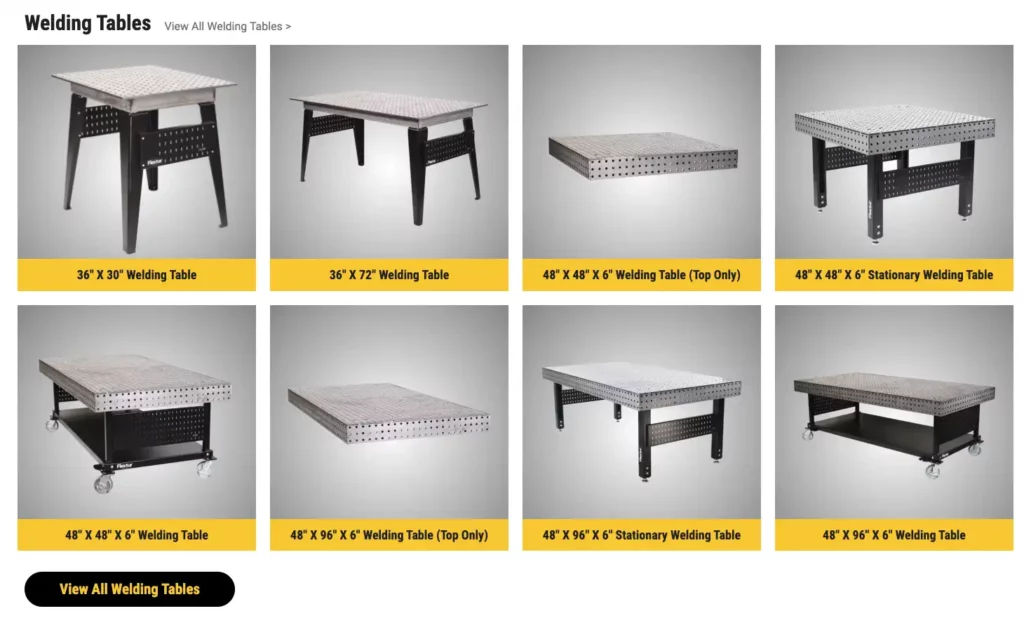Best Image Sizes for Your Website
When designing a website, the images you use play a critical role in creating a visually appealing and user-friendly experience. However, it’s not just about choosing the right images; it’s also about ensuring they’re sized correctly for the best performance and aesthetics. In this article, we’ll explore common image sizes for various parts of a website, including hero images, grid images, and more. We’ll also discuss the importance of optimizing file sizes to maintain fast load times without sacrificing quality.
1. Hero Images
Hero images are the large banners typically seen at the top of web pages. They serve as the first visual element that users encounter, making them essential for creating a strong first impression.
- Recommended Size: 1920 x 1080 pixels (16:9 aspect ratio)
- File Format: JPEG or WebP for photographs; PNG or WebP for images with transparency
- Importance: Hero images should be high resolution to look crisp on all devices, especially on high-definition screens. However, it's crucial to balance resolution with file size to avoid slowing down your website.
 2. Grid Images
2. Grid Images
Grid images are smaller images displayed in a grid layout, often used for galleries, portfolios, or product listings.
- Recommended Size: 300 x 300 pixels to 600 x 600 pixels, depending on the grid layout and design
- File Format: JPEG for photographs; PNG or WebP for images with sharp edges or transparency
- Importance: These images need to load quickly, as users may be viewing multiple grid images simultaneously. Optimizing the size and resolution ensures that they look good without compromising page speed.
3. Thumbnails
Thumbnails are small preview images that provide a quick visual reference for larger content.
- Recommended Size: 150 x 150 pixels to 200 x 200 pixels
- File Format: JPEG or PNG
- Importance: Thumbnails should be small in file size to allow for fast loading while still being clear enough to give users an idea of the content they represent.
4. Full-Width Background Images
Full-width background images stretch across the entire width of the screen and are often used to create visually immersive sections of a website.
- Recommended Size: 1920 x 1080 pixels or larger, depending on the design
- File Format: JPEG for photographic content; PNG or WebP for designs requiring transparency
- Importance: These images should be optimized for file size to ensure they don’t significantly impact load times, especially on mobile devices where data speeds may vary.
5. Logo Images
Logos are crucial for brand identity and often appear in the website header, footer, or both.
- Recommended Size: 250 x 100 pixels for horizontal logos; 160 x 160 pixels for square logos
- File Format: PNG for transparency; SVG for scalability and crispness on all screen sizes
- Importance: Logos should be optimized for both file size and clarity, ensuring they look sharp without affecting load speed.
The Importance of Optimizing File Size
While selecting the right dimensions for your images is vital, optimizing file size is equally important. Large image files can significantly slow down your website, leading to longer load times, which can negatively impact user experience and SEO rankings. Here’s how you can optimize your images:
- Compression: Use tools like TinyPNG, ImageOptim, or Photoshop’s “Save for Web” feature to compress your images without noticeable loss of quality.
- Responsive Images: Serve different image sizes based on the user’s device using the
srcsetattribute in HTML. This ensures that users on mobile devices aren’t forced to download unnecessarily large images. - Lazy Loading: Implement lazy loading to defer the loading of images until they are actually needed. This reduces the initial load time and improves page performance.
Choosing the right image sizes for your website is essential for creating a professional and engaging user experience. By using the recommended sizes for different image types and optimizing file sizes, you can ensure that your website looks great and performs efficiently. Remember, a well-optimized website not only enhances user satisfaction but also boosts your SEO efforts, leading to better visibility and success online.


 2. Grid Images
2. Grid Images